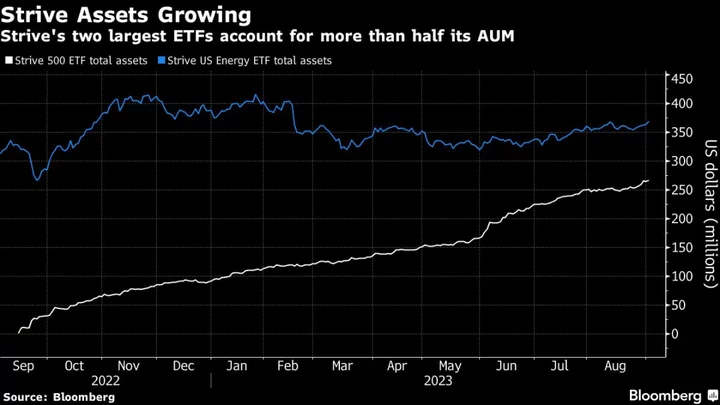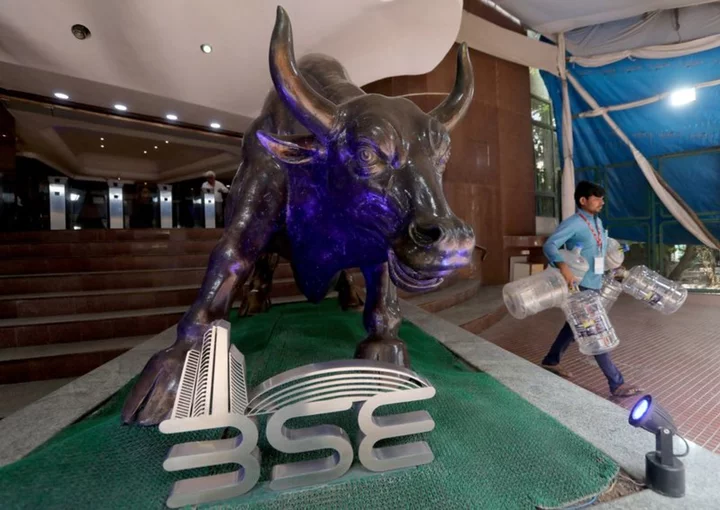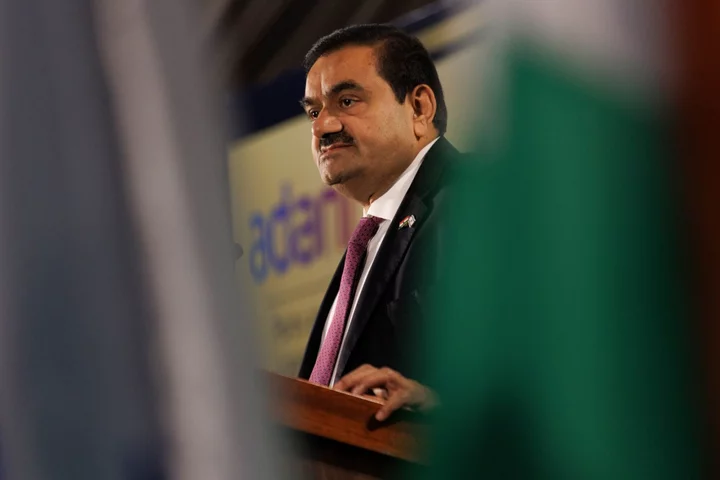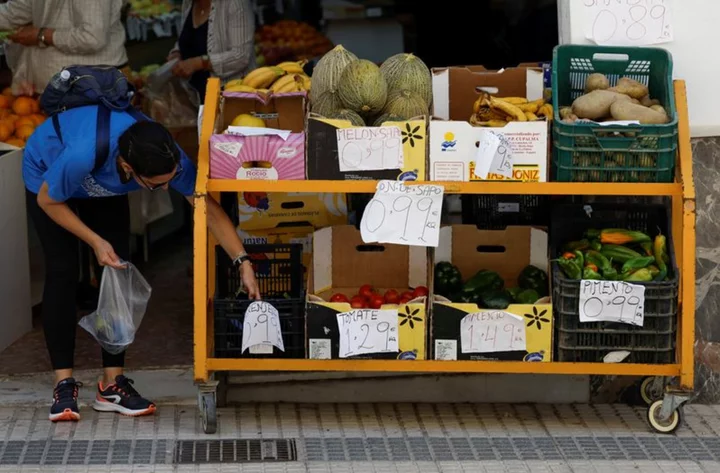Mike Pence drives his Ford pickup truck to meet donors near his hometown in Indiana. For the first Republican debate in Milwaukee, Nikki Haley stayed at a hotel that typically charges about $100 a day.
These Republican presidential candidates running low-budget campaigns are climbing in the polls, at the same time that Florida Governor Ron DeSantis — the candidate whose operation started with the most money — is seeing his support fade away.
After noteworthy performances at the August debate, former South Carolina governor Haley is polling at 6.1% and former Vice President Pence at 4.9%, according to RealClearPolitics averages. Haley is even beating President Joe Biden in a hypothetical 2024 match, according to a CNN/SSRS poll released Thursday.
Meanwhile, DeSantis’s share of support has shrunk to 14.9% from 31.3% in January, widening the gap between him and frontrunner Donald Trump. His campaign, which officially launched in May, has been best by tumult, including his missteps, donor worries about spending and firings.
Watching costs is a necessity for many Republican presidential campaigns since candidates are competing for donations. But for Haley and Pence, frugality has been a point of pride — and a way to distinguish themselves.
That draws a contrast with frontrunners Trump and DeSantis. The former president, who’s been indicted four times this year, has been criticized for using campaign funds to cover his legal fees. DeSantis’s penchant for private planes and a large cadre of paid advisers have quickly drained the bank balances of his campaign and super political action committee, prompting one official to plead for another $50 million from donors.
“There are a number of candidates who have spent millions of dollars, and I’m not sure if the fruits of that spending have been seen or felt by those candidates,” said Devin O’Malley, a spokesperson for the Pence campaign, which is prioritizing media interviews over advertising.
Even Vivek Ramaswamy, whose fund company just notched $1 billion in assets and who is mostly self-financing his 2024 bid, is touting the importance of a return on investment. The campaign is conscientious about spending contributions from grassroots donors, a spokesperson said.
Haley’s and Pence’s campaigns have spent $103,000 and $43,000 respectively on advertising as of early September, according to AdImpact — the fifth and sixth-smallest amount of the eight candidates on the August debate stage, which didn’t include Trump.
In contrast, the DeSantis campaign and super PAC have dished out $37.2 million on advertisements and plan to spend tens of millions more in the coming weeks. The top spender on commercials is Tim Scott, whose campaign and super PAC have laid out $51.2 million. The South Carolina senator’s polling behind Haley and Pence at 2.1% in the RealClearPolitics average.
Budget spending also comes with risks. Haley and Pence still trail Trump and DeSantis by double digits, and they need to reach — and win over — primary voters once they start casting ballots. That’s a formidable challenge given how Trump has turned even indictments to his advantage since they earn him millions of dollars in free media.
A DeSantis campaign spokesperson pointed to a recent poll of likely Iowa Republican caucus-goers that showed the governor and Trump drawing identical approval ratings. DeSantis officials are focusing their strategy on that caucus in January, the first GOP nominating contest.
For now, conserving cash for the long haul is working out for Pence and Haley.
Haley “knows how important it is to have a budget and stick to it,” said her spokesperson Ken Farnaso. “We’ve seen other candidates waste their donors’ money and get little to no return on their investment.”
That’s politically an effective strategy, said Erika Franklin Fowler, co-director of the Wesleyan Media Project at Wesleyan University.
“Luxury travel is generally not seen as a good look,” she said.









